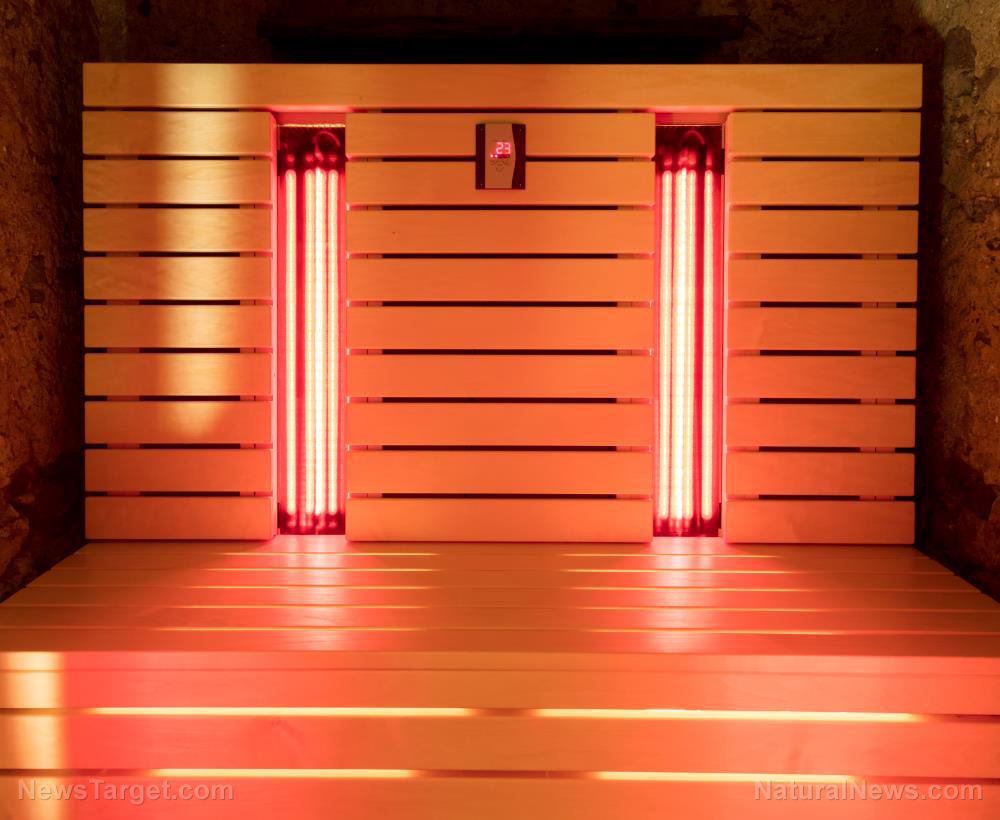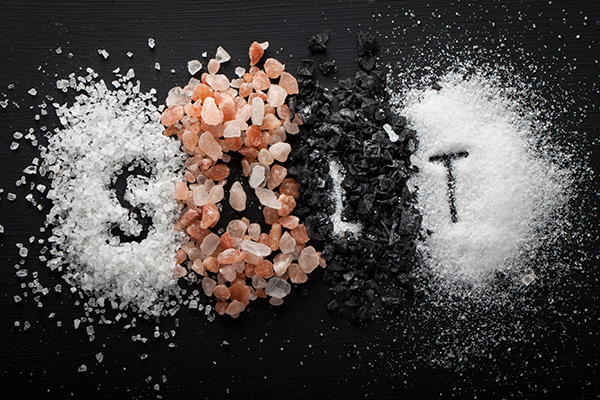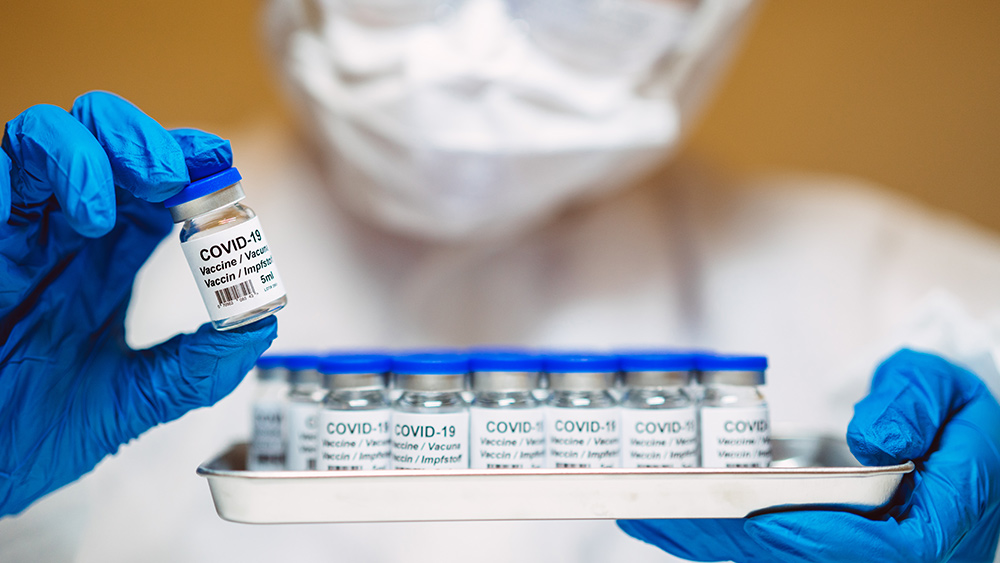 Parler
Parler Gab
Gab
- Red light therapy, a form of photobiomodulation, uses specific wavelengths to enhance cellular function and has applications in anti-aging, fat loss and exercise recovery.
- The therapy activates mitochondria, increasing cellular energy and triggering a hormetic response that boosts natural defenses.
- It can improve skin texture, reduce wrinkles, increase collagen and aid in neurological conditions, fat loss and muscle recovery.
- Red light therapy is FDA-approved for hair loss, and also accelerates wound healing by enhancing blood flow and tissue regeneration.
- Users can choose cost-effective LED panels with appropriate wavelengths and power density, aiming for a dose of 3-50 joules per square centimeter based on treatment needs.
In the realm of health and wellness, there's a fascinating new player that's gaining traction: red and near-infrared light therapy.
Imagine a treatment that can combat skin aging, fight neurological diseases, boost fat loss, speed up exercise recovery and even help with certain autoimmune conditions. Sounds too good to be true? It's not. Ari Whitten's 2018 book titled "The Ultimate Guide to Red Light Therapy: How to Use Red and Near Infrared Light Therapy for Anti Aging" delves into the world of red light therapy – exploring its science, benefits and practical applications. Red and near-infrared light therapy is a form of photobiomodulation, which involves using specific wavelengths of light to stimulate cellular function. These wavelengths – typically ranging from 630-680 nanometers (nm) for red light and 800-880 nm for near-infrared – are bioactive, meaning they have a direct effect on human cells. The history of light therapy dates back thousands of years. Ancient civilizations such as the Indians recognized the healing power of sunlight. In the 18th century, medical literature began to document the therapeutic effects of sunlight. However, it wasn't until the 1960s, with the advent of laser technology, that the field of photomedicine truly took off. One of the pivotal moments in the development of red light therapy was the discovery by Hungarian researcher Endre Mester (1903-1984). While attempting to treat tumors in hamsters with red light lasers, Mester noticed that the animals' skin wounds healed much faster than expected. This observation led to a wealth of research on the healing properties of red and near-infrared light. The key to red light therapy lies in its ability to penetrate cells and activate the mitochondria, the powerhouses of human cells. When red and near-infrared light hit the mitochondria, it stimulates the production of adenosine triphosphate, the energy currency of cells. This increased cellular energy production leads to a cascade of positive effects including enhanced cellular function, improved tissue repair and reduced inflammation. Moreover, red light therapy induces a hormetic response in cells. This means that it creates a temporary, low-dose metabolic stress that stimulates the body's natural defenses, including antioxidant and anti-inflammatory pathways. This process is similar to how exercise works – it stresses the body, triggering adaptations that make it stronger and more resilient. The applications of red light therapy are vast and varied. Red light therapy has been shown to improve skin texture, reduce wrinkles and increase collagen production. It can also help with neurological conditions such as depression, anxiety and even certain types of brain injuries. Studies have demonstrated that red light therapy can enhance fat loss by increasing metabolic rate and promoting fat breakdown. It can speed up muscle recovery, reduce inflammation and alleviate pain after intense exercise. Red light therapy has been approved by the U.S. Food and Drug Administration for hair loss reversal. It accelerates the healing process of wounds by increasing blood flow and promoting tissue regeneration. Despite common perceptions that red light therapy devices are expensive, the good news is that one need not spend thousands on dollars for these. LED panels are a cost-effective and efficient alternative. Opt for devices that offer the right wavelengths: 630-680 nm for red light and 800-880 nm for near-infrared. Higher power density means more effective therapy. Larger panels can treat larger areas, making treatments more convenient. Consistency is key when it comes to red light therapy. Start with lower doses and gradually increase as your body adjusts. The general guideline is to aim for a dose of three to 50 joules per square centimeter, depending on the depth of the tissue being treated. For skin issues, use the light from further away (12 to 36 inches) for a lower dose. For deeper tissues, be closer (six to 12 inches) for a higher dose. Red and near-infrared light therapy is a natural, non-invasive and scientifically-backed way to enhance health and well-being. With its wide range of applications and minimal side effects, it's a promising addition to any health and wellness routine. As more research emerges, it is clear that red and near-infrared light therapy is a promising field with a wide range of applications. Watch this video about Ari Whitten's book "The Ultimate Guide to Red Light Therapy: How to Use Red and Near Infrared Light Therapy for Anti Aging." This video is from the BrightLearn channel on Brighteon.com. Sources include: Brighteon.ai Brighteon.com“Cancer Decoded” on BrightU: Urotherapy and the connection between gut health and cancer prevention
By Jacob Thomas // Share
Echinacea: The immune-boosting powerhouse with a rich history
By Ava Grace // Share
Papaya power: Healing qualities of this tropical fruit
By News Editors // Share
RFK Jr. pledges unbiased investigation into chronic disease causes, including vaccines
By Willow Tohi // Share
Governments continue to obscure COVID-19 vaccine data amid rising concerns over excess deaths
By patricklewis // Share
Tech giant Microsoft backs EXTINCTION with its support of carbon capture programs
By ramontomeydw // Share
Germany to resume arms exports to Israel despite repeated ceasefire violations
By isabelle // Share










